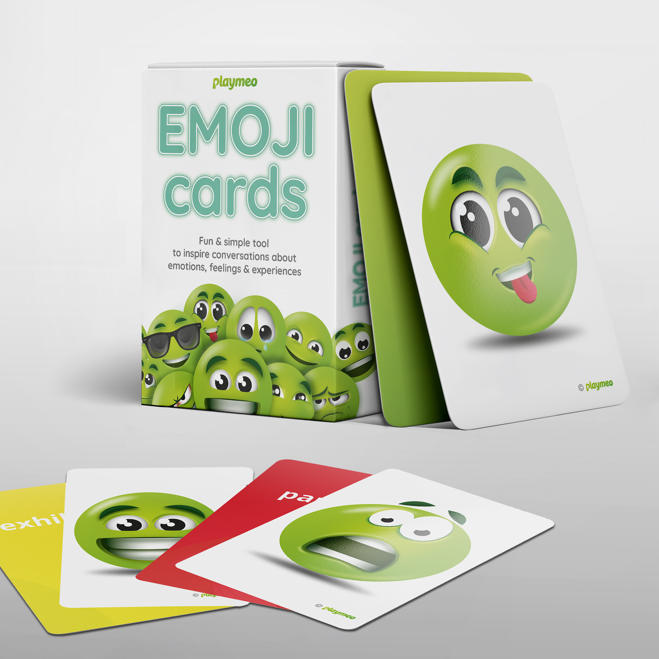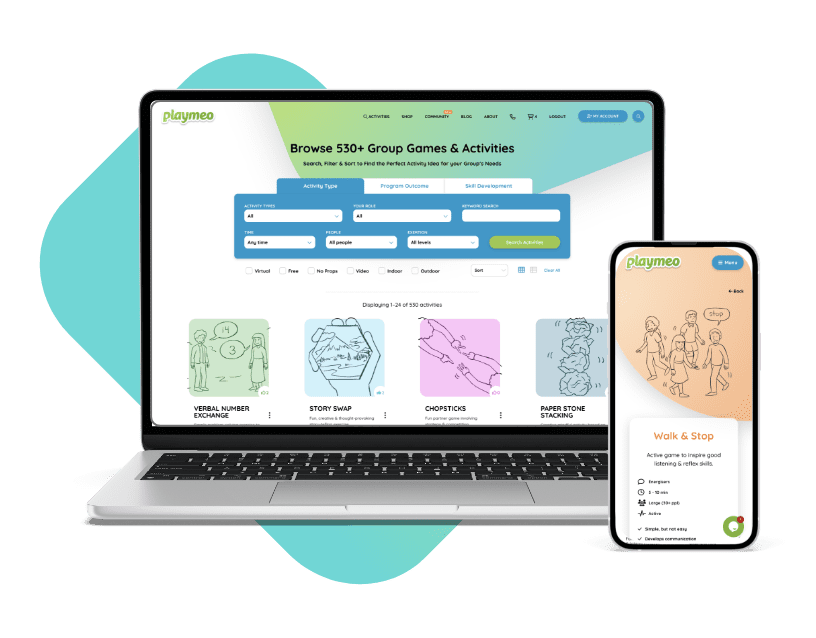Download our free 28-page ebook jam-packed with outrageously fun activity ideas.
Feedback is a wonderful tool that can help an individual or group grow, learn or develop a particular skill or insight. Yet, much like the skill of reflection, there is an art and a science to the delivery of feedback that can make or break its value to the learning process.
An article which appeared on the MindShift blog caused me to stop and think about what is worthy of feedback as well as when to give it.
The article was based on the work of Susan Brookhart, an education consultant and author of How To Give Effective Feedback to your Students.
Here’s What I Learned
Here’s what I learned about how to give effective feedback:
- Think before I offer feedback – I need to be more disciplined and thoughtful about what is worthy (and not worthy) of feedback.
- Try not to close all the (learning or performance) gaps in one sitting – aim to provide only one or two suggestions at a time.
- Crucially, offer the feedback at a time when the individual/group has the opportunity to make good use of the information (to improve.) For example, build in time during the learning process to offer feedback, rather than at the very end when it is often not useful.
- Delaying feedback can sometimes be helpful if it requires the individual/group to reflect back on what they did some time ago, ie this can be a useful strategy to reinforce what has already been learned.
- Everyone wants to learn and they want feedback that will help them improve, but they must know why the learning matters. To this end, connect the feedback to an important/future skill, eg this will help you develop your persuasion skills.
- Don’t lose sight of the learning intention and provide feedback only in relation to this goal. For example, a common error is to provide feedback on spelling and grammar when the primary goal of the assignment was to develop creativity.
And, yes, while it is true, feedback is only ever feedback – the person or people receiving it can choose to accept it or not. In the context of learning and development, our aim should be to offer feedback in a way that gives it the best chance of being accepted and useful.
For extra bonus points, check out an early episode of our Facilitator Tips video series in which we explored the value of offering peer feedback.













Original post July 2019, last updated September 2020.